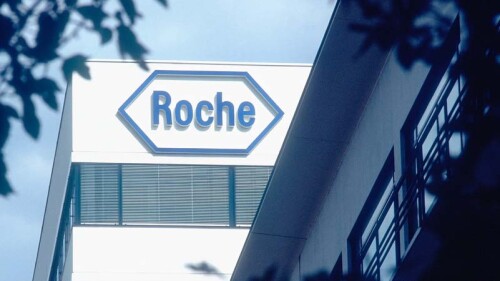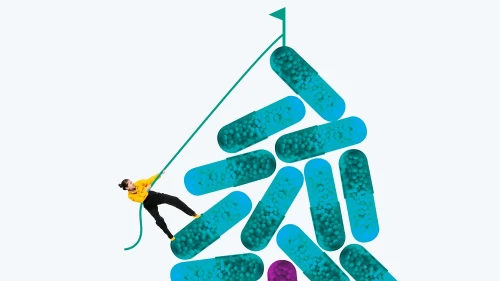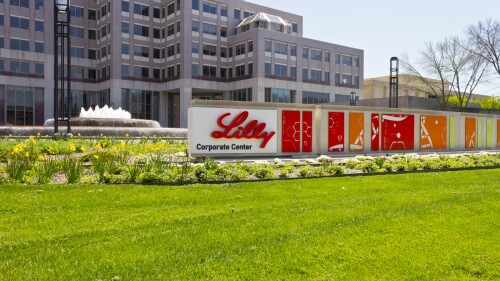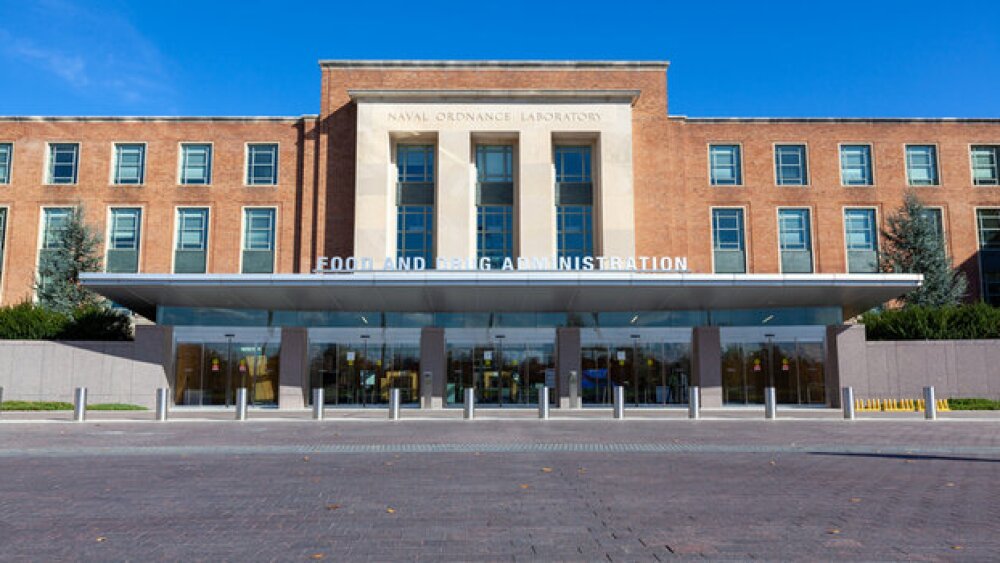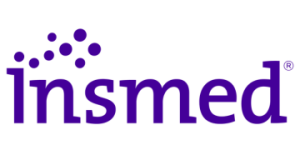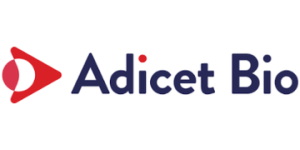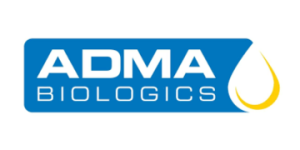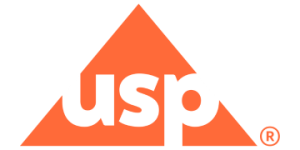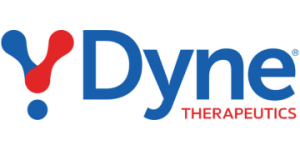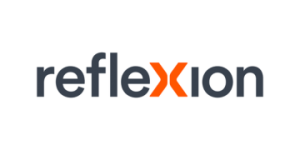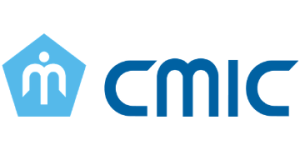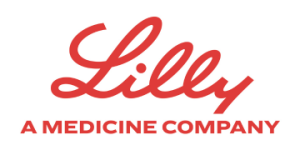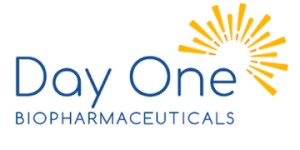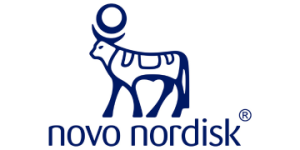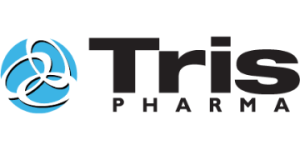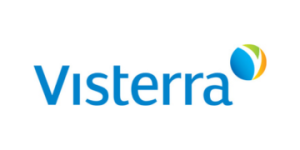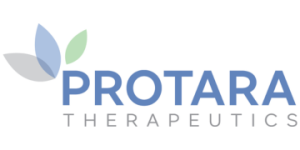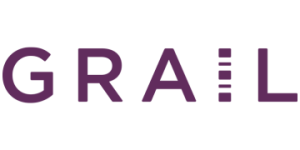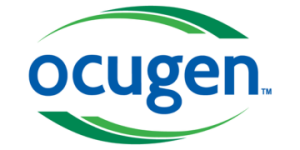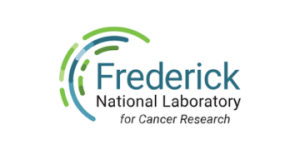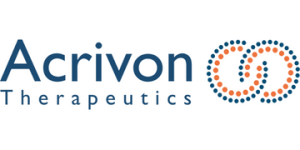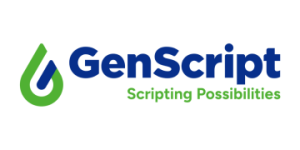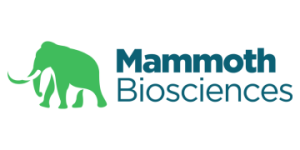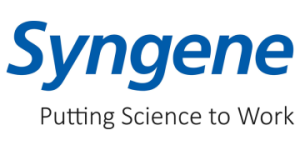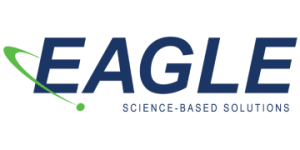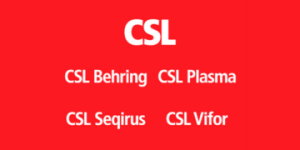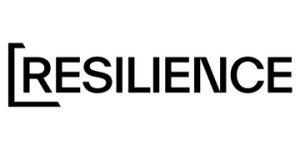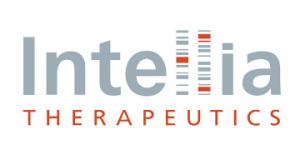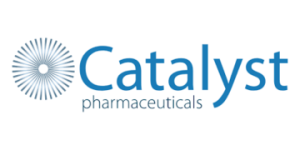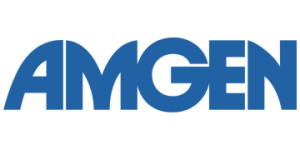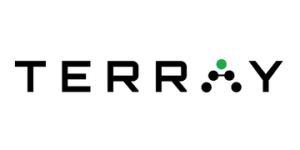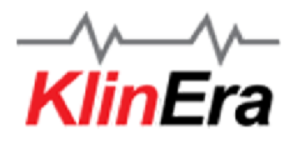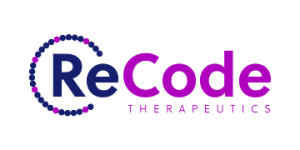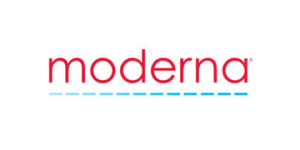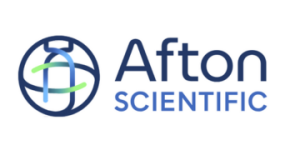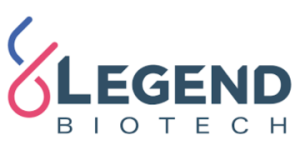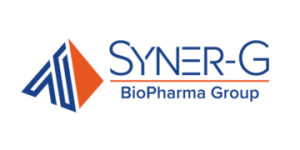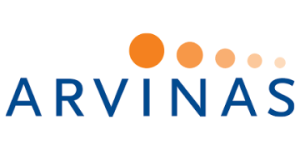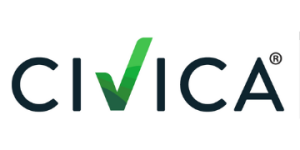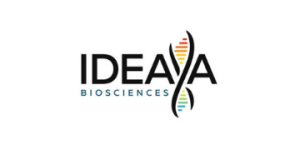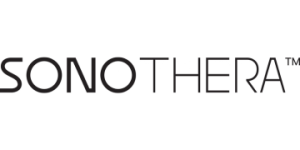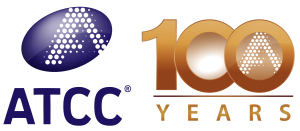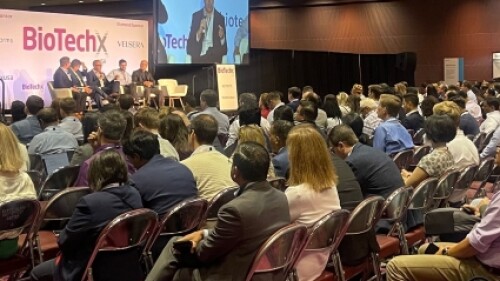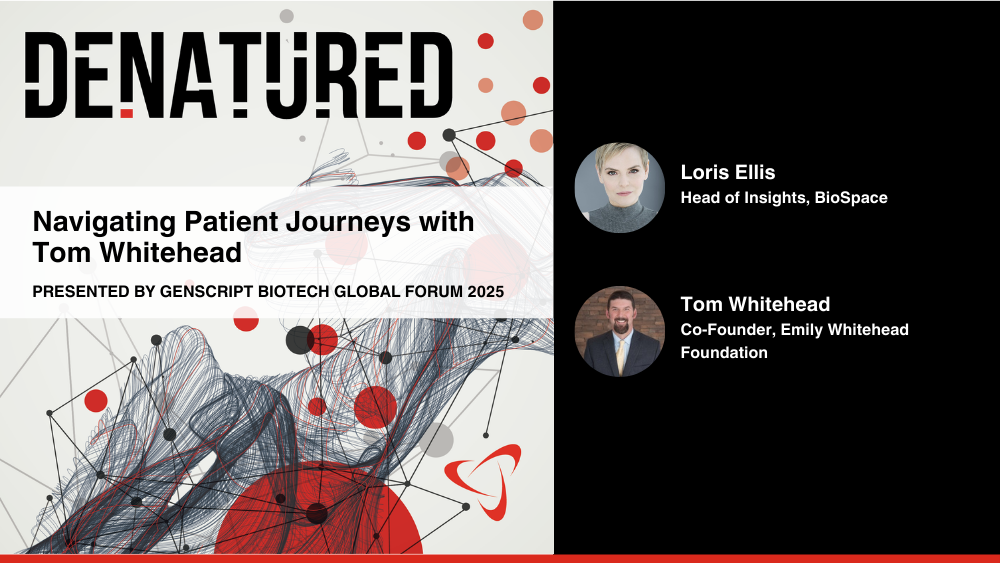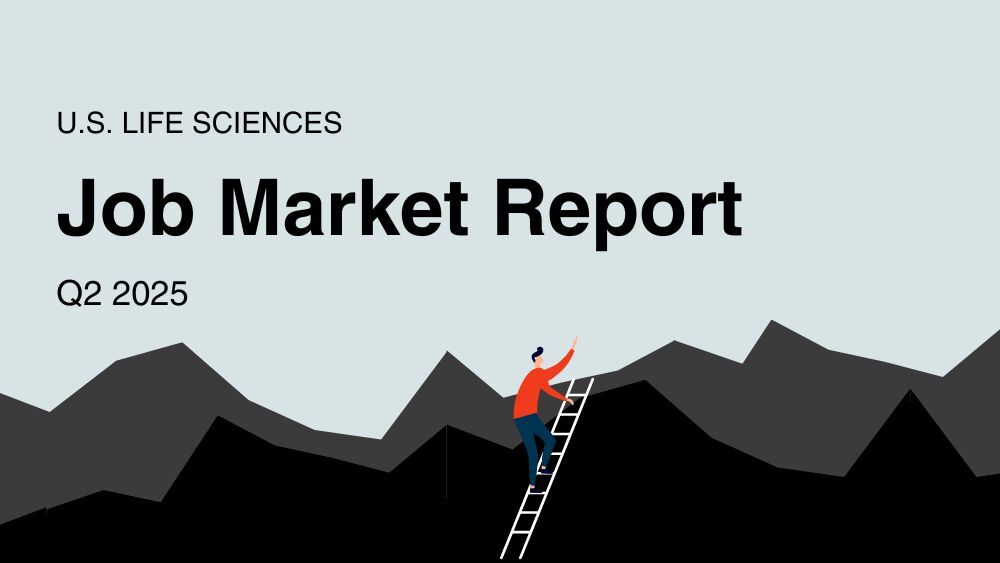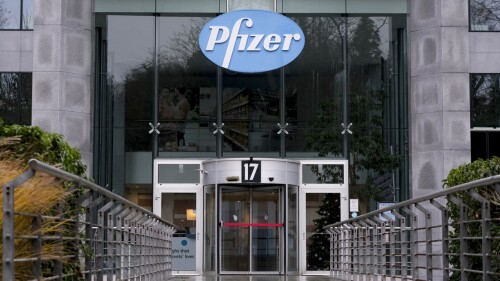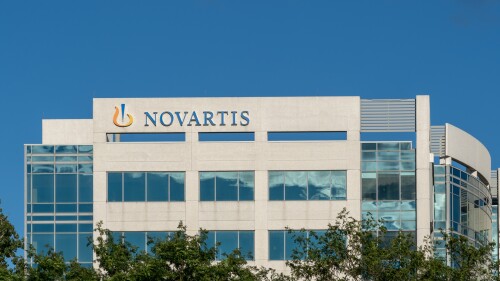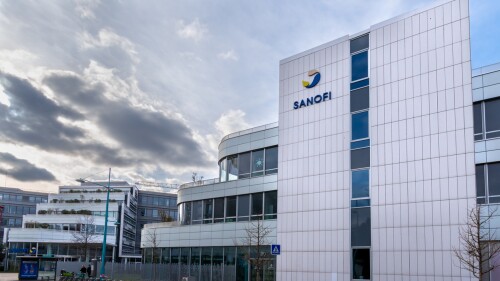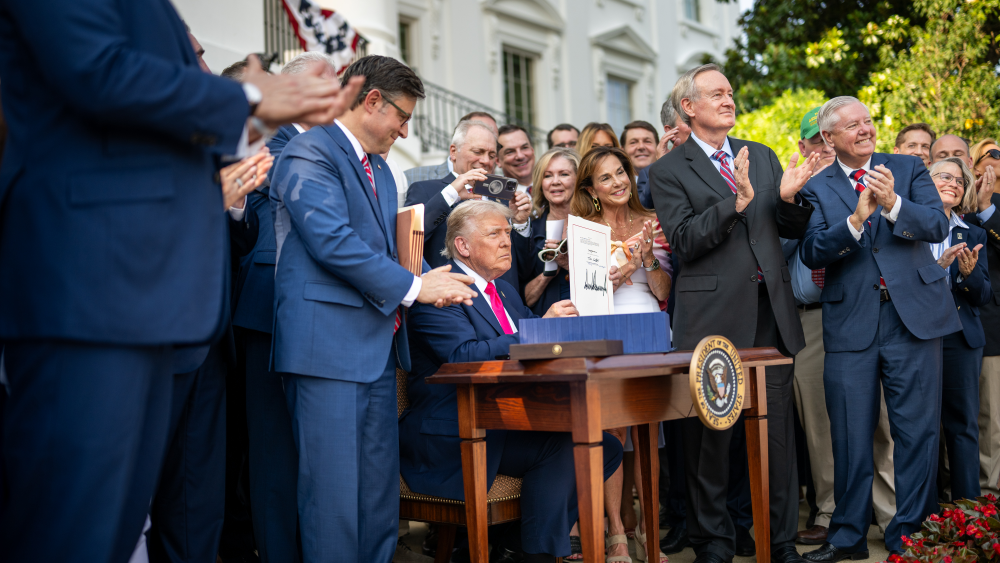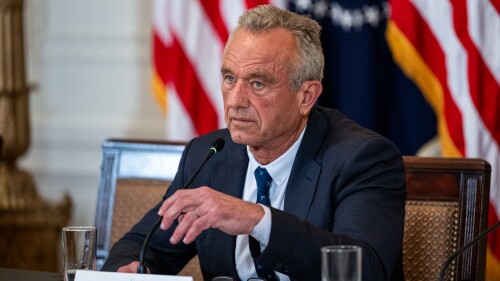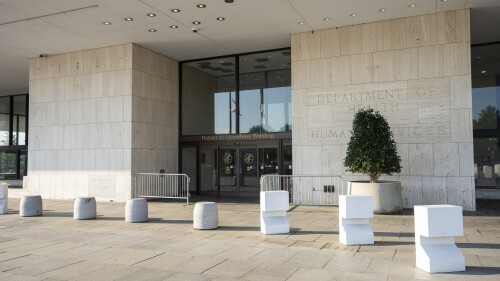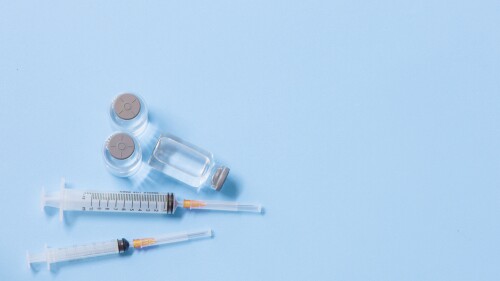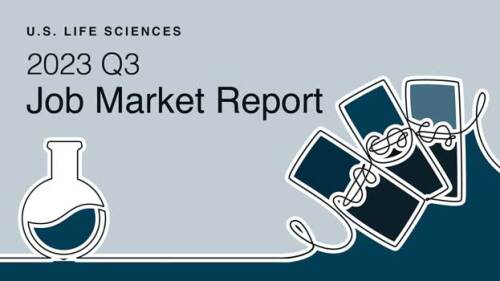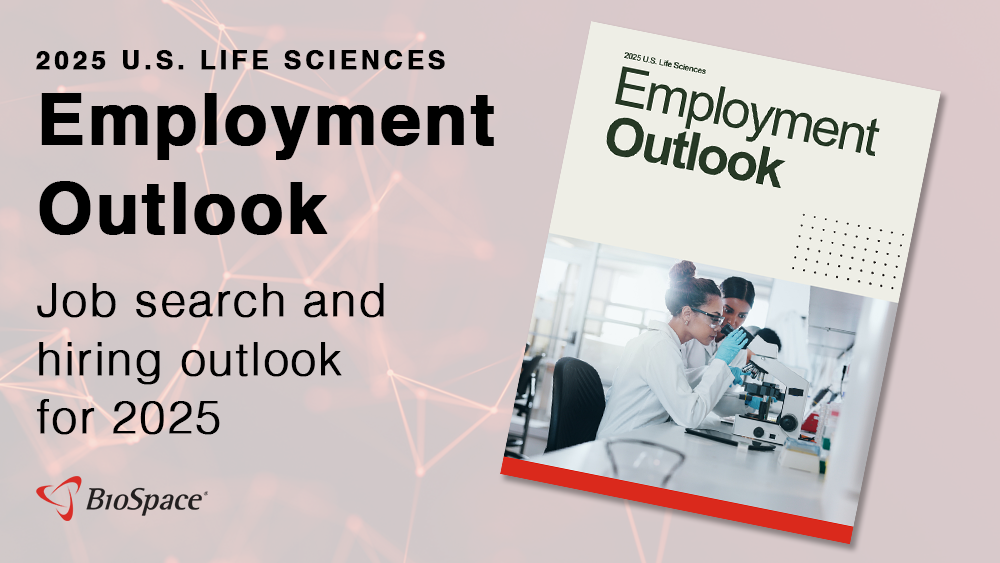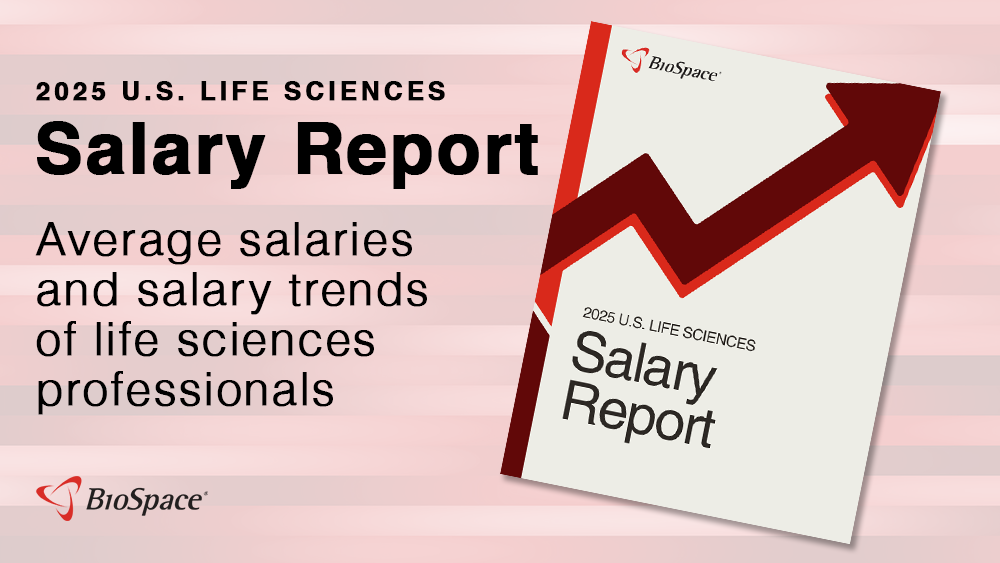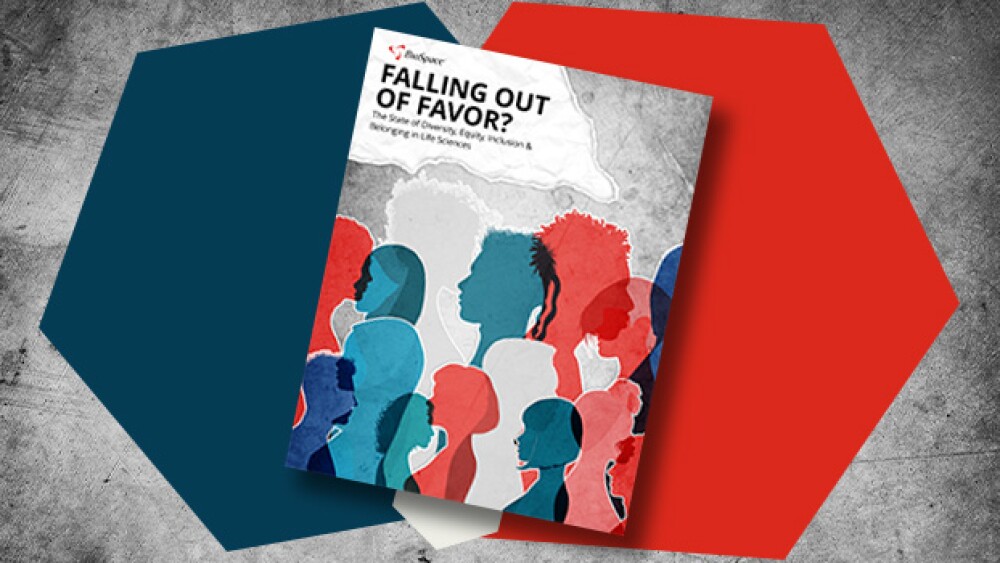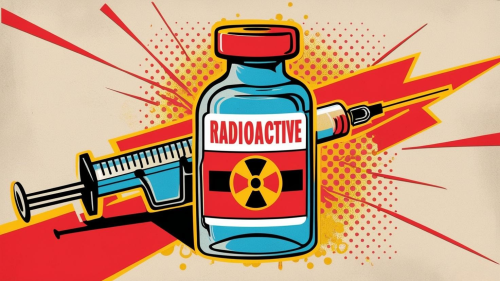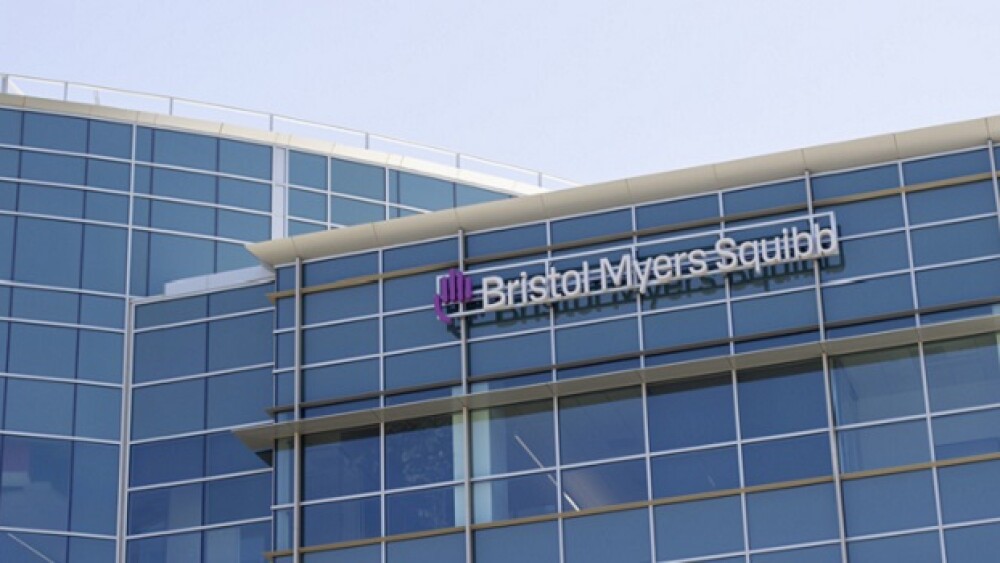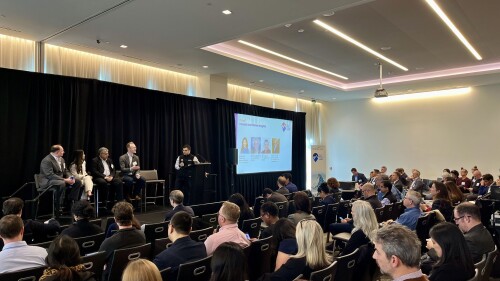Applied Therapeutics has yet to confirm whether the study, posted on Clinicaltrials.gov on Thursday, means it has indeed aligned with the FDA on govorestat’s development.
The centerpiece of the acquisition is petosemtamab, Merus’ bispecific antibody targeting EGFR and LGR5, which in May demonstrated best-in-class potential for head-and-neck cancer.
The company was awaiting $70 million from HealthCare Royalty but missed an agreed-upon payment condition.
Imlifidase, an IgG-destroying enzyme, could receive FDA approval in the second half of 2026 and hit peak sales of $306 million, according to William Blair.
Phase III data showed that Inluriyo improves progression-free survival versus standard endocrine therapy.
Companies that have broken ground on or are actively constructing manufacturing facilities in the U.S. are exempted from the tariffs, according to President Donald Trump’s social media post on Thursday.
FEATURED STORIES
Big Pharmas like Eli Lilly, Sanofi and Novartis headed back to the dealmakers table multiple times, with 32 total deals counted across the industry for the first half.
Changing how biopharmas package their products, how regulators review new drugs and how mutated genes are fixed could make ultrarare disease treatments possible.
The FDA delivered two notable approvals for RSV immunization, UroGen overcame a negative advisory committee vote to secure an approval in bladder cancer, and more key regulatory nods from the past month.
In the race to make the most tolerable obesity drug, there seems to be no clear winner—at least not according to analysts parsing the data presented at the American Diabetes Association annual meeting this week.
Writing in JAMA, four former government officials warn that the Trump administration’s involvement in delaying the approval of Novavax’s COVID-19 vaccine could indicate a politicization of the drug approval processes that could ‘imperil public health.’
Leading companies spent $1.4 billion upfront on licensing deals and embarked on vast R&D programs. Clinical setbacks mean many companies are unlikely to ever recoup their investments.
LATEST PODCASTS
In the first podcast in a special series focused on BioSpace’s NextGen Class of 2025, Senior Editor Annalee Armstrong speaks with Dannielle Appelhans, CEO of COUR.
In this episode, presented by the Genscript Biotech Global Forum 2025, BioSpace’s Head of Insights Lori Ellis and Tom Whitehead continue to discuss the patient and caregiver experience, where Tom gives his insights to the future of CGTs.
Novartis, Eli Lilly and more put on their deal-making caps, Bristol Myers Squibb targets $2 billion in savings through 2027, sales continue to soar for Lilly and Novo Nordisk’s GLP-1s and Regeneron sues Sanofi over an alleged failure to provide adequate information about Dupixent sales.
Job Trends
The board of directors of Eli Lilly and Company has declared a dividend for the third quarter of 2024 of $1.30 per share on outstanding common stock.
Subscribe to Genepool
Subscribe to BioSpace’s flagship publication including top headlines, special editions and life sciences’ most important breaking news
SPECIAL EDITIONS
In this deep dive, BioSpace investigates China’s rise as a biotech powerhouse.
BioSpace did a deep dive into biopharma female executives who navigated difficult markets to lead their companies to high-value exits.
BioSpace data show biopharma professionals faced increased competition for fewer employment opportunities during the second quarter of 2025, with increased pressure from further layoffs.
DEALS
-
M&A was already on the upswing in 2024, and the new Trump administration may support that trend. But if data aren’t handled properly, acquisitions won’t reach their full potential.
-
With just one asset in weight loss moving through the clinic, Pfizer targets the space for potential dealmaking, as well as bringing assets over from China.
-
Biogen’s effort to buy Sage against the board’s wishes and a long-time effort by investor Alcorn to scuttle Aurion’s IPO underscore the cutthroat nature of biopharma dealmaking.
-
Novartis was among the most prolific pharma dealmakers in 2024, a trend that it expects to continue with more bolt-on deals this year to set up for sustainable long-term growth.
-
Sanofi’s jump in earnings comes with an increased emphasis on R&D and vaccines, plus an eye cast toward M&A to shore up its pipeline.
WEIGHT LOSS
-
Eli Lilly says Indianapolis-based Premier Weight Loss is cracking open auto-injector pens containing its blockbuster drug and repackaging them into separate doses.
-
According to BMO Capital Markets, Rybelsus’ outcomes in SOUL were “inconsistent,” failing to significantly lower cardiovascular death and nonfatal stroke.
-
Compounded versions could make up as much as 40% of the semaglutide market, said Novo Nordisk CEO Lars Fruergaard Jorgensen on Thursday, but the company hopes to win patients over.
-
Lexicon’s LX9851 targets ACSL5, a liver enzyme involved in fat metabolism that helps moderate fat accumulation and slow down gastric emptying.
-
Deloitte urged pharma executives to “be bold” in a new report tracking the top 20 pharmaceutical companies’ R&D performance.
POLICY
-
President Donald Trump’s One Big Beautiful Bill, signed into law last week, reintroduces broader exemptions for orphan drugs from the IRA’s drug price negotiation program—a move welcomed by the biopharma industry. The new tax law also cuts Medicaid funding, posing a minimal risk to pharma’s bottomlines and potentially jeopardizing hospitals’ 340B status. It does not, however, include new rules for pharmacy benefit managers that had been in an earlier draft.
-
Societies, including the American Academy of Pediatrics, allege that Kennedy’s directive to remove COVID-19 from vaccination guidelines for healthy pregnant women and healthy children puts these vulnerable groups at risk of serious illness.
-
Despite rehiring hundreds of FDA, CDC and NIH employees, the Department of Health and Human Services is still a skeleton of its former self under Health Secretary Robert F. Kennedy Jr.
-
Health Secretary Robert F. Kennedy Jr. endorsed the expanded use of RSV vaccines for people 50 through 59 years old who are at risk of severe disease.
-
An open letter signed by more than 50 industry executives blasts a “fundamentally, fatally flawed” report that urges greater restrictions on the abortion pill.
Research associates are always in demand. Check out these top companies currently hiring RAs.
Newer hiring models based on skills applicants have learned and their general potential for growth could avoid the drawbacks of relying on degrees and experience.
The biopharma industry is moving toward using AI to try to determine how well a given person would perform in a role, with applications that go beyond recruiting.
In a cooling job market, companies often can’t match job seekers’ expectations on factors such as salary and remote work.
My colleagues and I have often been asked, “When is it time to start looking for another role?” This three-level rubric can help.
In this job market report we’re reviewing life sciences job market movement in Q3 and what to expect for Q4 and beyond.
HOTBEDS
REPORTS
In this Employment Outlook report, BioSpace explores current workforce sentiment, job activity trends and the prospective job and hiring outlook for 2025, particularly as it compares to the previous year.
BioSpace’s third report on diversity, equity, inclusion and belonging in life sciences examines dramatic shifts in attitude around diversity initiatives.
CANCER
-
As the FDA prepares for a busy Oncologic Drugs Advisory Committee meeting next week, an agency insider told BioSpace that volunteers with little training are scrambling to secure the required expertise after workforce cuts decimated the adcomm planning office.
-
AbbVie’s Emrelis is the first non-small cell lung cancer therapy approved for patients with high c-Met expression levels who have received prior lines of treatment.
-
Belrestotug showed underwhelming efficacy outcomes in mid-stage studies of non-small cell lung cancer and head and neck squamous cell carcinoma.
-
At the intersection of radiation and precision, Novartis, Bayer, AstraZeneca and more hope to cash in on a radiopharmaceuticals market that could top $16 billion by 2033.
-
After losing its powerhouse partner, IGM Biosciences closed “most” of its labs and offices and initiated a strategic review of potential strategic alternatives and options for the business.
NEUROSCIENCE
-
Cobenfy’s late-stage flop is BMS’ second high-profile failure in as many weeks. The pharma announced last week that Camzyos was unable to improve disease burden in non-obstructive hypertrophic cardiomyopathy.
-
FDA Commissioner Marty Makary talks about his plans to revamp drug development and reduce ‘conflicts of interest’ between the agency and pharma industry; Roche and Regeneron jump on the U.S. manufacturing train as Trump’s tariffs loom; and Eli Lilly scores a big win for orforglipron while Novo Nordisk reveals it has applied for FDA approval of its oral semaglutide.
-
The Health and Human Services Secretary said that he will find and eliminate the cause of autism by September, an idea that suggests how little he knows about the condition.
-
Jefferies analysts predict Annexon’s tanruprubart could be approved by mid-2026.
-
Jazz is being accused of anti-competitive practices regarding its narcolepsy drug, as generic competitors emerge on the market.
CELL AND GENE THERAPY
-
Already reeling from years of market chaos, the announced departure of CBER chief Peter Marks sent a ripple across biopharma markets.
-
Cell therapy and oncology–focused Carisma Therapeutics started layoffs late last year. Now the company plans to wind down fully.
-
The layoffs will take place throughout 2025 and will mostly affect Tenaya’s research and manufacturing operations. The company is continuing to test its hypertrophic cardiomyopathy gene therapy.
-
Ayrmid’s offer is 50% higher than bluebird’s previously announced deal with Carlyle and SK Capital Partners.
-
Industry updates and investment insights—including investor behavior and fundraising advice—were among the topics experts explored at Charles River Laboratories’ 2025 Cell & Gene Therapy Summit.


